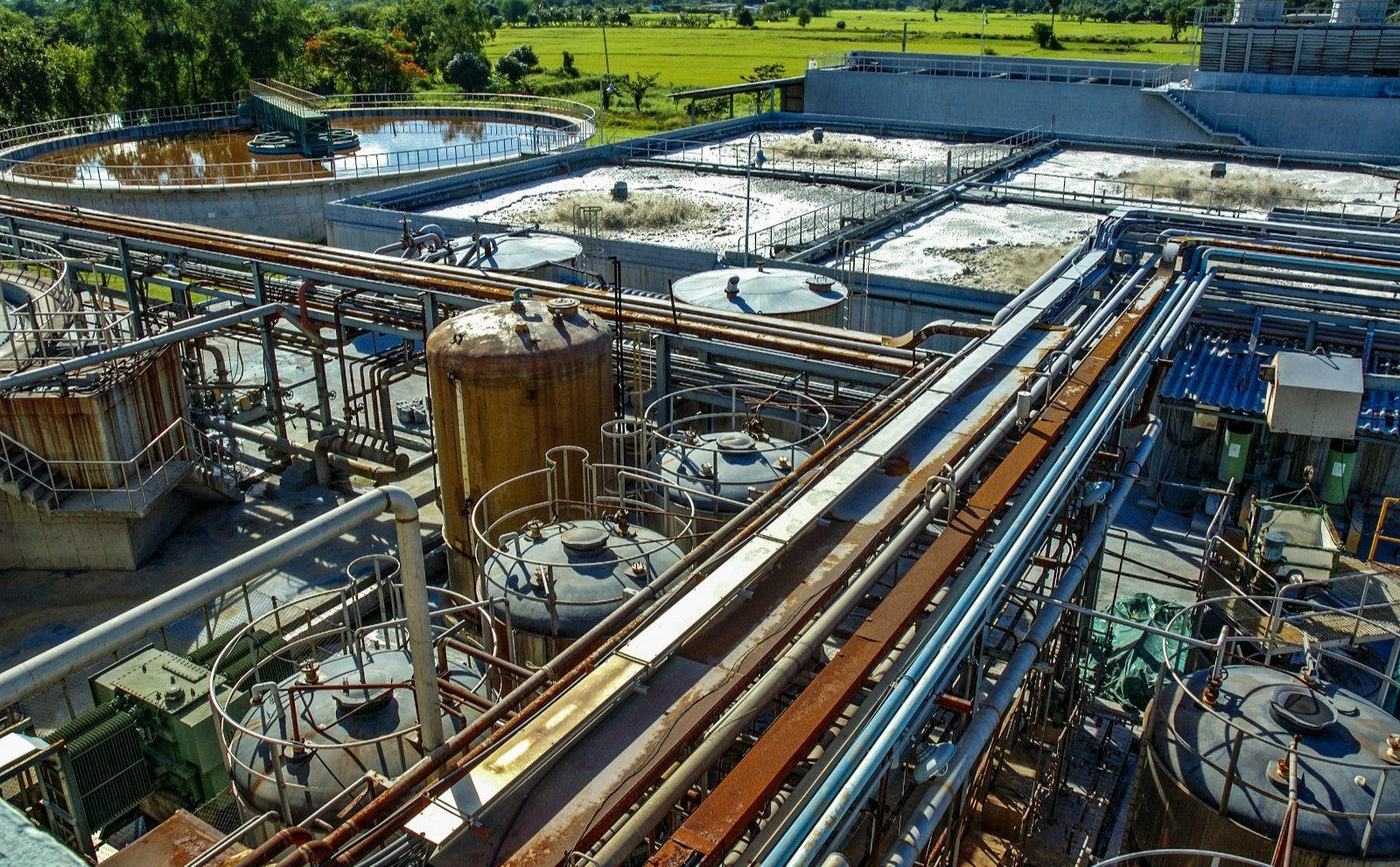PFAS Compliance for Municipalities
PFAS Compliance for Municipalities: A Comprehensive Guide for Effective Management
Introduction
Per- and polyfluoroalkyl substances (PFAS) have emerged as a critical issue for municipalities across the United States. These synthetic chemicals, known as "forever chemicals," are pervasive in drinking water supplies, resulting in growing regulatory scrutiny. As of July 30, 2025, the Environmental Protection Agency (EPA) has intensified its focus on PFAS compliance, laying the groundwork for municipalities to adopt comprehensive strategies for monitoring, treatment, and remediation.
Ensuring PFAS compliance is not just a regulatory obligation; it is also a matter of public health and environmental stewardship. Municipal directors, plant operators, and design engineers face the pressing question: how can we effectively manage PFAS contamination while adhering to emerging regulatory frameworks? This article delves into these challenges, providing crucial insights and strategies for achieving PFAS compliance.
Understanding PFAS: The Basics
What are PFAS?
PFAS are a large group of human-made chemicals containing carbon-fluorine bonds, which makes them highly resistant to degradation. The two most studied PFAS compounds are perfluorooctanoic acid (PFOA) and perfluorooctanesulfonic acid (PFOS). Their unique properties have led to widespread use in various applications, including firefighting foams, non-stick cookware, stain-resistant textiles, and food packaging materials.
Why are PFAS a Concern?
Recent studies have linked PFAS exposure to adverse health effects, including:
- Increased cholesterol levels
- Immune system dysfunction
- Developmental issues in infants and children
- Certain types of cancer
Regulatory Landscape for PFAS as of 2025
As of mid-2025, the regulatory framework surrounding PFAS is rapidly evolving. The EPA has set interim drinking water health advisories for PFOA and PFOS at 0.004 and 0.02 parts per trillion (ppt), respectively. Additionally, states such as California and Michigan are establishing stricter enforcement measures, causing municipalities to reassess their operational strategies to comply.
Target Audience
This article primarily targets:
- Municipal Water Directors: Responsible for policy implementation and budget allocations related to water quality and safety.
- Plant Operators: On-the-ground staff tasked with monitoring water quality and implementing treatment solutions.
- Design Engineers: Professionals involved in designing and constructing water treatment facilities compliant with current regulations.
Key Components of PFAS Compliance
1. Regulatory Understanding and Monitoring
Staying Informed
Municipalities must stay abreast of the latest, evolving regulations. The EPA and state-level regulatory bodies frequently release new guidelines impacting PFAS standards. A proactive compliance strategy includes:
- Regular training sessions for staff on new regulations.
- Subscriptions to updates from EPA and local agencies.
Water Quality Monitoring
Implementing routine water quality testing is essential. Monitoring should include:
- Sampling for PFAS compounds in water sources and finished drinking water.
- Utilizing advanced analytical techniques such as Liquid Chromatography-Tandem Mass Spectrometry (LC-MS/MS).
2. Community Engagement and Public Education
Transparency with the public is crucial. Municipalities should:
- Establish communication channels to inform residents about PFAS levels.
- Organize public meetings to discuss findings and address community concerns.
3. Establishing PFAS Treatment Solutions
Advanced Water Treatment Technologies
As of 2025, municipalities should consider advanced treatment technologies, including:
-
Granular Activated Carbon (GAC): Effective for absorbing PFAS, GAC has proven effective in reducing concentrations when implemented in water treatment plants. Research indicates that GAC systems can reduce PFAS levels by over 90%.
-
Reverse Osmosis (RO): This method is another effective solution, capable of removing up to 99% of PFAS from wastewater.
- Ion Exchange: Recent studies have shown that specific ion exchange resins can effectively target PFAS compounds, ensuring municipal compliance and drinking water safety.
Pilot Studies and Implementation
Prior to large-scale adoption, municipalities should conduct pilot studies, allowing for data collection on the effectiveness and efficiency of chosen technologies.
4. Remediation Strategies for Contaminated Sites
Identifying Contamination Sources
PFAS contamination often originates from specific industrial sources or historical use of firefighting foams. Municipalities must:
- Identify and assess potential contamination sources within their jurisdiction.
- Engage with industry partners to develop voluntary cleanup agreements.
Remediation Techniques
Effective remediation techniques include:
-
Excavation and Disposal: Removal of contaminated soil from identified sites.
- In-situ Treatment: Utilization of chemical or biological agents to degrade PFAS compounds without disturbing the site.
5. Funding and Financial Assistance
Understanding Funding Opportunities
Municipalities can leverage various funding sources to develop PFAS compliance strategies, including:
- EPA Grants: The EPA offers grants aimed at improving water quality and addressing contamination issues.
- State Revolving Funds: Many states provide low-interest loans for public water system projects.
6. Continuous Improvement and Best Practices
Monitoring and Reporting
Establishing a culture of continuous improvement requires:
- Regular evaluation of treatment efficacy.
- Establishing benchmarks and reporting metrics to ensure compliance.
Networking and Knowledge Sharing
Engaging with other municipalities through forums and workshops can provide insights into best practices and emerging solutions, fostering collaborative efforts in addressing PFAS challenges.
Conclusion
PFAS compliance is not a simple checkbox task but an ongoing commitment to protect public health and the environment. Municipalities must develop a comprehensive strategy encompassing regulatory adherence, community engagement, advanced treatment solutions, and sustainable remediation techniques. As we navigate the complex landscape of PFAS obligations, proactive measures will empower local governments to ensure the safety and well-being of their communities. Through diligent monitoring, transparent communication, and innovative solutions, municipalities can effectively address the PFAS challenge, reaffirming their role as stewards of public health and environmental protection as we move deeper into 2025 and beyond.

